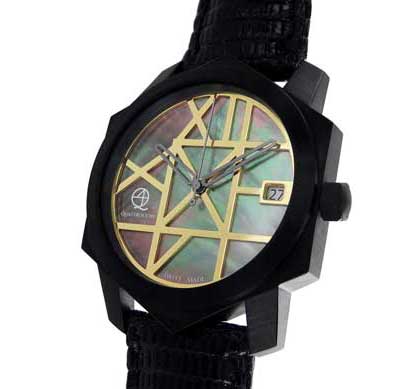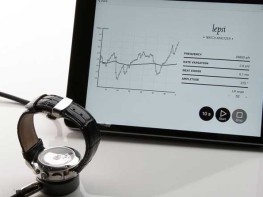Watch journalists were few and far between at the opening day of this year’s EPHJ-EPMT-SMT exhibition, which brings together over 800 exhibitors who supply the watch industry (and the ever-closer related microtechnology and medical sectors). There may lack the palatial stands, beautiful hostesses and lavish parties and dinners of Baselworld and the SIHH, but there is no lack of innovation. Here is a sample of what is coming next to the industry.
Watch analysis made simple
You may remember the Lepsi watch analyser that we discovered late last year and suggested as the perfect Christmas present for the watch lover. Since we last spoke to them, the people at Lepsi have been working hard, particularly thanks to a new partnership with industry reference Bergeon. Lepsi presented two new products at the show: its WatchScope, which is barely bigger than the watch itself and can be connected directly to a smartphone or tablet for watch analysis on the go, and a more sophisticated movement analyser with custom-made Bergeon holder that is destined for professional use.
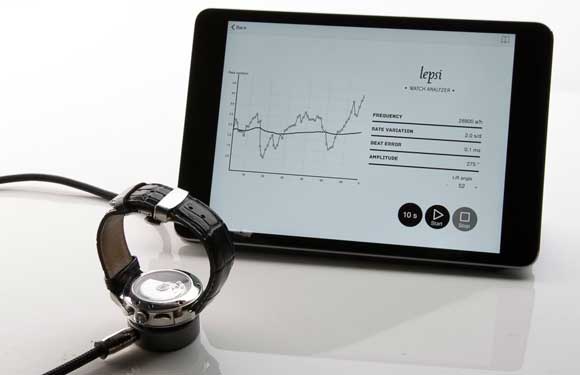
Precious stones set into ceramic
French company Cerafast has a patent pending on its new technology, which is based on a difference in thermal treatment between the ceramic base and the precious stones, meaning that as the material cools to ambient temperature after firing, it clasps the stone. Initial tests have been carried out using diamonds, but the company claims that any type or shape of stone can be set into ceramic using this procedure. So after Roger Dubuis surprised us by setting diamonds into a rubber bezel earlier this year, precious stones set into ceramic could be the next big thing.
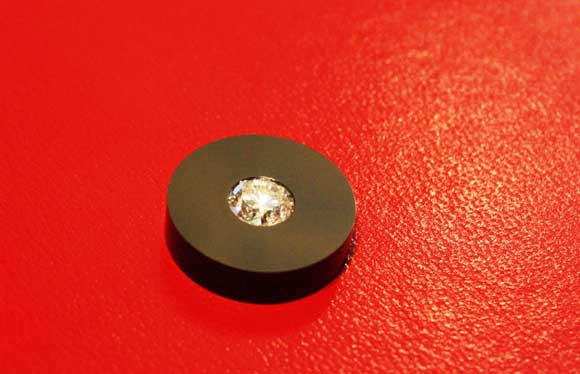
Damascus-style gold and precious metals
Nestled in the very heart of central Switzerland, Eichenberger Casting is a specialist in the application of selective laser sintering, an addictive manufacturing technique that can be used to produce three-dimensional objects to a high degree of precision. A new process for which the company received a patent only two weeks ago allows the reproduction of a Damascus-style pattern in a combination of any two metals. On show at the EPHJ were examples in 18-carat red gold with an internal pattern in white gold. The new material could be used for both movement blanks and watch cases.
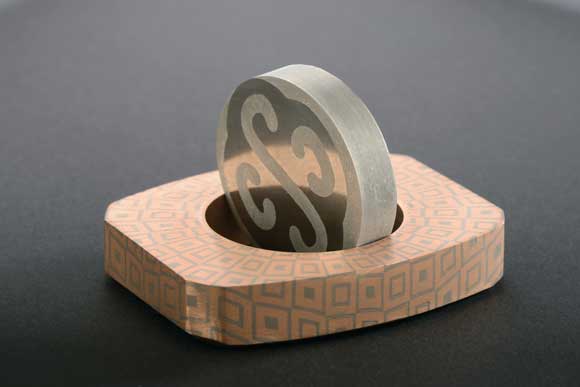
A new ultra-thin skeleton movement
Vaucher manufacture continues its aggressive positioning in the manufacture movement market with the launch of a new ultra-thin skeleton calibre. The “Seed” version of the new 5401/180 calibre, which has an off-centre tungsten micro-rotor, can be ordered in quantities as low as 10 pieces from the Fleurier-based company, which makes it highly appealing for small independent brands looking to capitalise on the trend for classic and refined pieces.
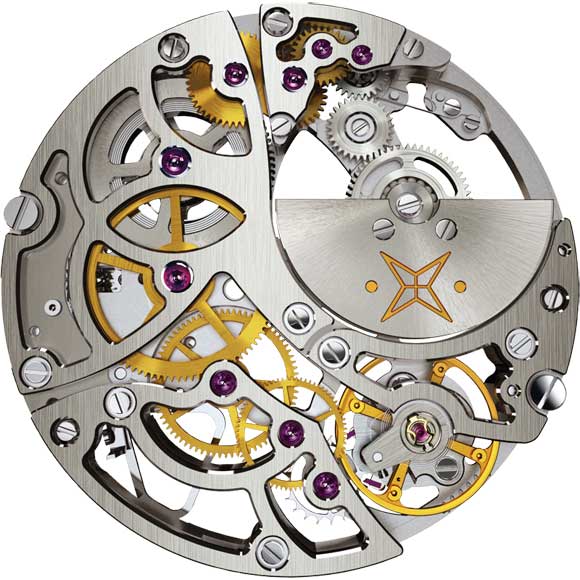
A new brand
Presented on the fringes of the show (the EPHJ is, after all, an exhibition for the supply industry rather than finished watches), Quattrochi is the brainchild of Australian designer Thomas Quattrochi. He combines his own unique designs, which are replete with angular metallic lines, together with fine Swiss watchmaking to create what he believes is Australia’s first luxury watch brand. Look out for the first pieces this year in stores, from around 15,000 Swiss francs.
